Here in this article, we will discuss what is barring gear and barring gear logic .why it is required in the steam turbine.
Barring Gear is also known as Turning Gear.
The Barring Gear of the turbine depends upon
- Turbine RPM
- Lube oil Header Pressure
- Overhead tank level
- Emergency oil pump
What is Barring Gear?
Barring gear is the mechanism provided to rotate the turbine rotor shaft at a lower speed during the stoppage period.
With the aid of an external device or motor using a set of gearboxes attached to the turbine shaft.
Barring Gear is the most important mechanism in a power plant where the turbine unit is in stopping condition.
Turbine has two parts
- STATOR BLADES – these blades are mounted on lower and upper casings.
- ROTARY BLADES – these blades are mounted on rotors.
As the superheated steam enters the turbine the steam expands through stages and the turbine rotor starts to rotate at a speed of 8300 RPM. The steam turbine is coupled to 3 Phase, 4 pole synchronous generator speeds of 1500 RPM.
Now if the turbine is shut down or the turbine is not in operation over a period of a couple of weeks or a month.
The turbine rotor shaft tends to bend or deflect at the center portion due to the hot gases or steam rising upwards, and the temperature increases at the upper casing.
While the temperature at the bottom casing temperature gets low which results in contraction.
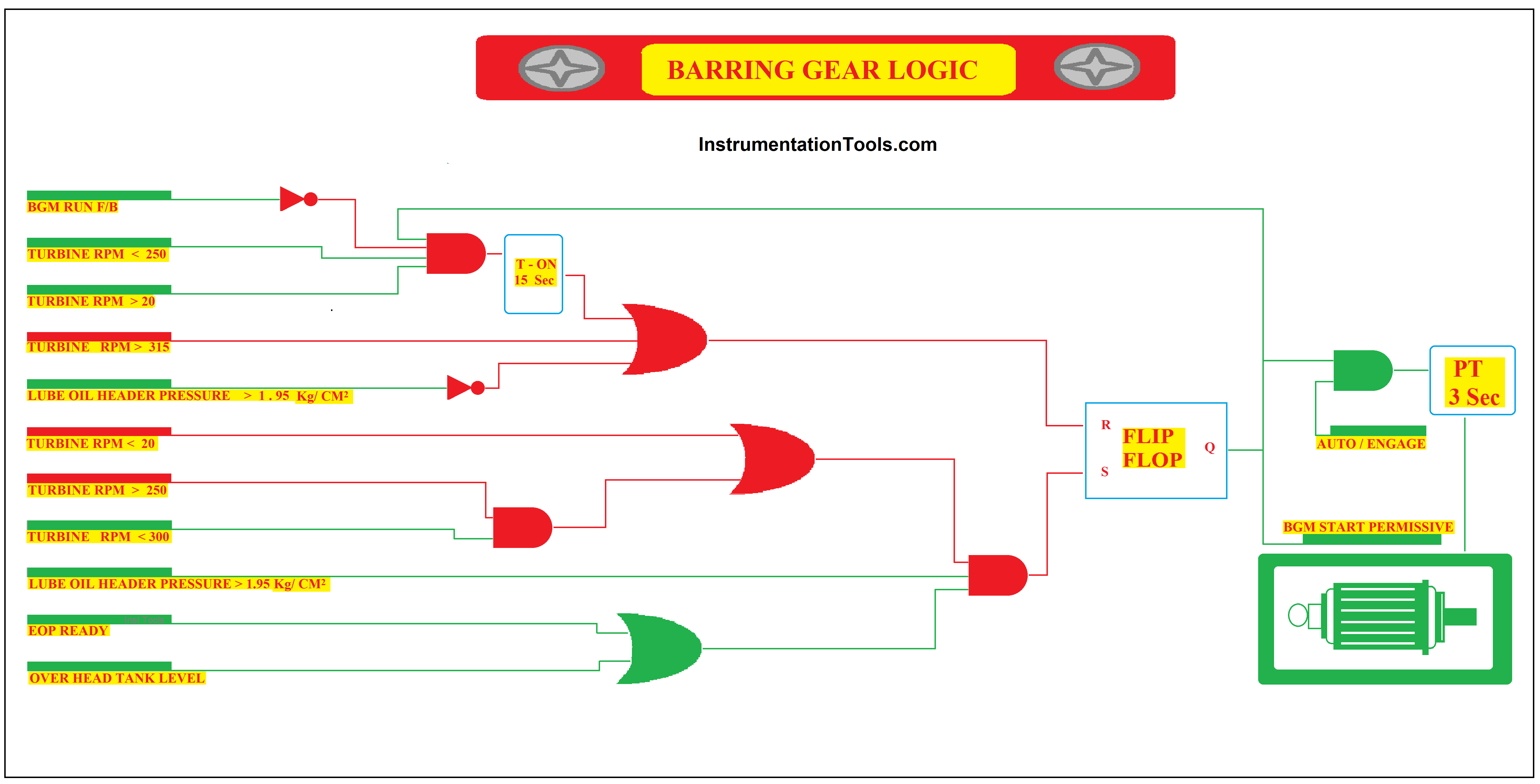
This can cause a relatively high differential expansion as the clearance between stator and rotor blades are very low so it can cause serious damage to the turbine. This is known as hogging or upward bowing of the shaft.
Usually, in the Sugar Industry, the Turbine runs only for the period of 6 to 7 months in a year.
The speed of the barring gear in a steam turbine varies with the turbine specification and is within the range of 110 to 300 RPM.
The ideal Speed of the barring gear in the turbine is 155 RPM (Siemens and Triveni Turbine)
The main purpose of barring gear in Turbine is to prevent sagging and hogging
- Sagging: Sagging in the turbine rotor shaft is bending the shaft downwards curve in the middle
- Hogging: Hogging in the turbine rotor shaft is bending the shaft upwards curve in the middle
The sagging and hogging usually occur when the shaft is installed in a horizontal direction.
When the speed of the turbine rotor is reduced to Zero RPM due to an Accidental Trip or during the time of Shut Down.
Due to the heavyweight of the turbine rotor and high temperature of about 400 Degrees Celsius. The turbine rotor shaft starts to deform (Bend).
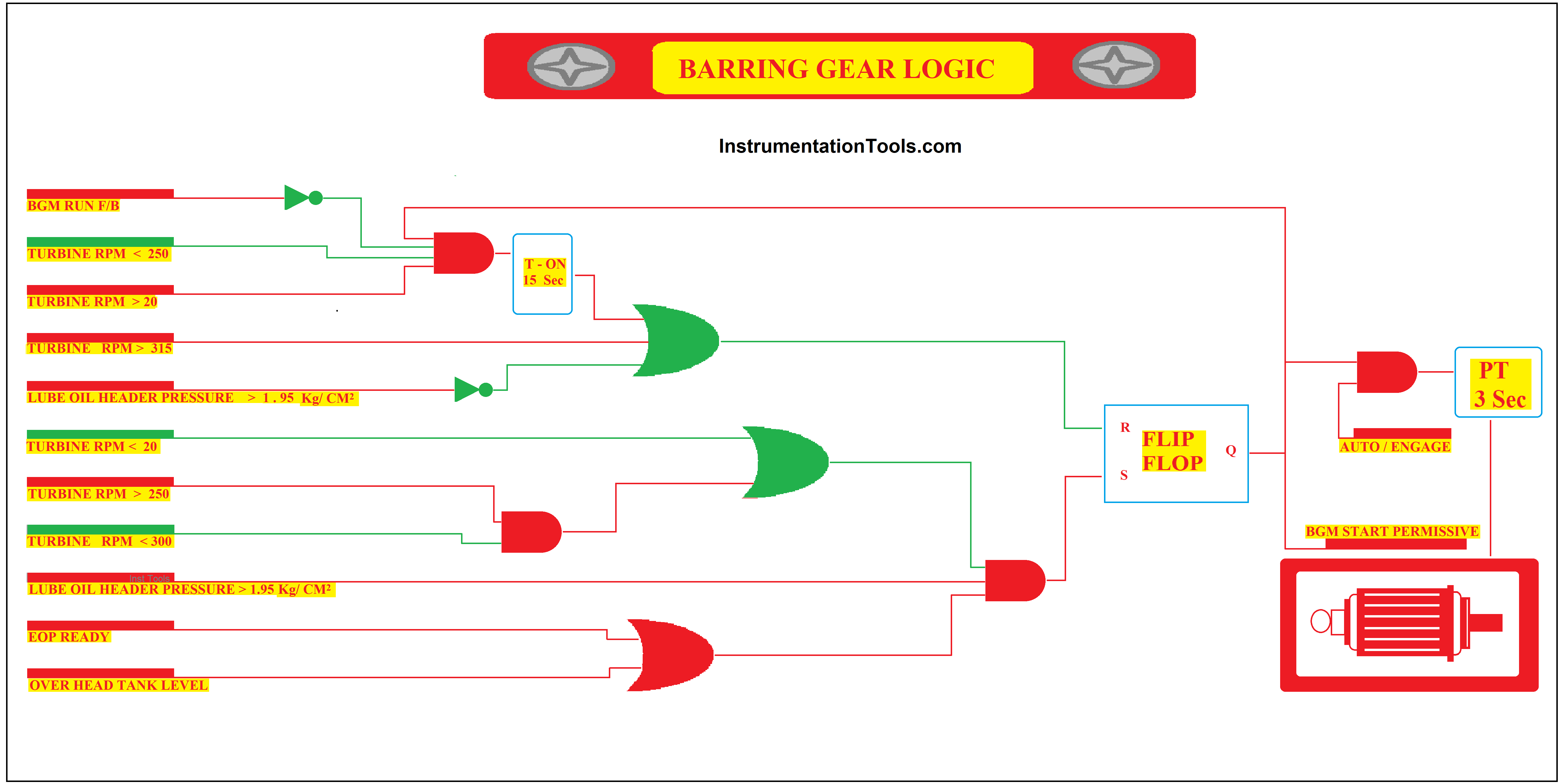
The stator and rotor blades start touching each other and the vibration occurs during the rotor movement. That may damage the system.
To avoid this vibration and Damage in the system the turbine must be engaged with Barring Gear in Auto Mode or by the operator in Manual Mode as directed by OEM.
Rotating the shaft with Barring Gear has advantages
- Avoids the shaft bending
- Helps in cooling down the rotor by circulating the air
During Cold/Warm start-up of the turbine, the barring gear should be kept in service for a period of 12 Hours (or more) as advised by the manufacturer, the Jacking oil temperature must be maintained to 40 degrees.
During shut down of the turbine, the barring gear should be kept in service for 48 hours as advised by the manufacturer,
Why do turbines keep turning gear after shutdown?
To avoid the hogging (bending downwards) or sagging (bending upwards) effect of the turbine the turning gear is used after shutdown.
There is a temperature difference in the lower casing and upper casing of the turbine after shutdown. If we keep the turbine shaft stationary then it will bend the turbine rotor shaft, to avoid this problem the turbine should be rotated at a slower speed.
Types of Turning Gear
There are generally three types of turning gear are used
Electrical Turning Gear
The electrical motor is used in this type of turning gear to rotate the turbine rotor at the speed of 200 rpm. A reduction gear is used to reduce the speed.
Hydraulic Turning Gear
In this system, a hydraulic turbine wheel is mounted on the shaft of the turbine. High-velocity oil is supplied from the Jacking Oil Pump which rotates the blade of hydraulic turning gear hence the turbine rotor.
This system will start after the starting of the Jacking Oil Pump. Most advanced turbines use this system.
Hand Barring System
If the electric or hydraulic system fails then hand barring is done with slow speed through a lever and handle.
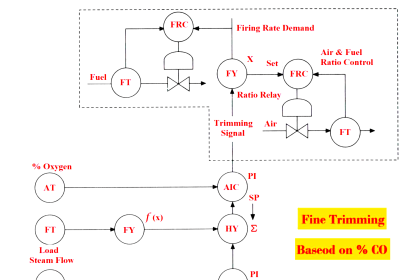
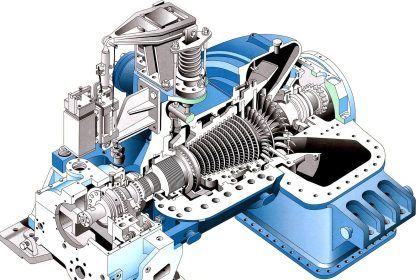
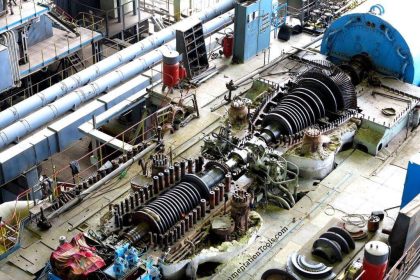
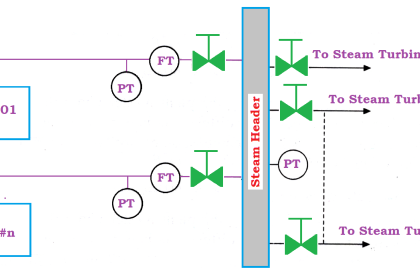

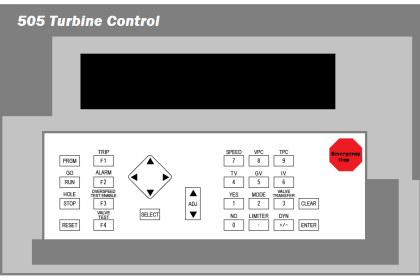
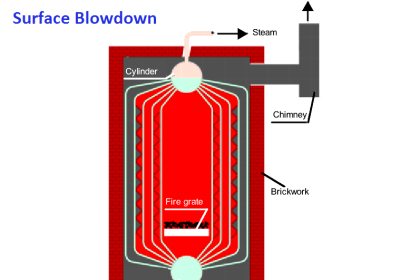

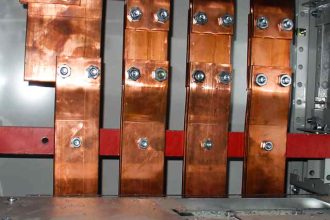


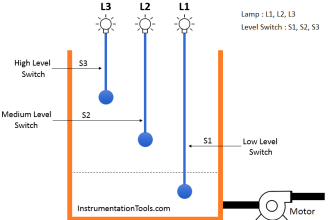
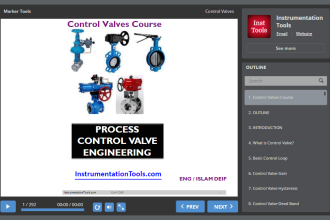


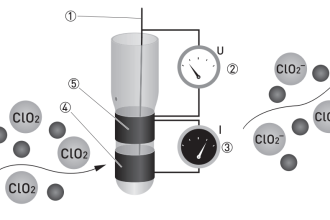

TURBINE ROLLIMG TIME WHILE VACUUM PULLED THEN ROTER JAM BARRING GEAR MOTOR TRIPPED WHY?
Hi, thanks for the detail information on barring gear.
I have seen many small turbine (3 to 5MW) in which baring gear was not provided.
Can you explain what are the cases in which barring gear is not required?